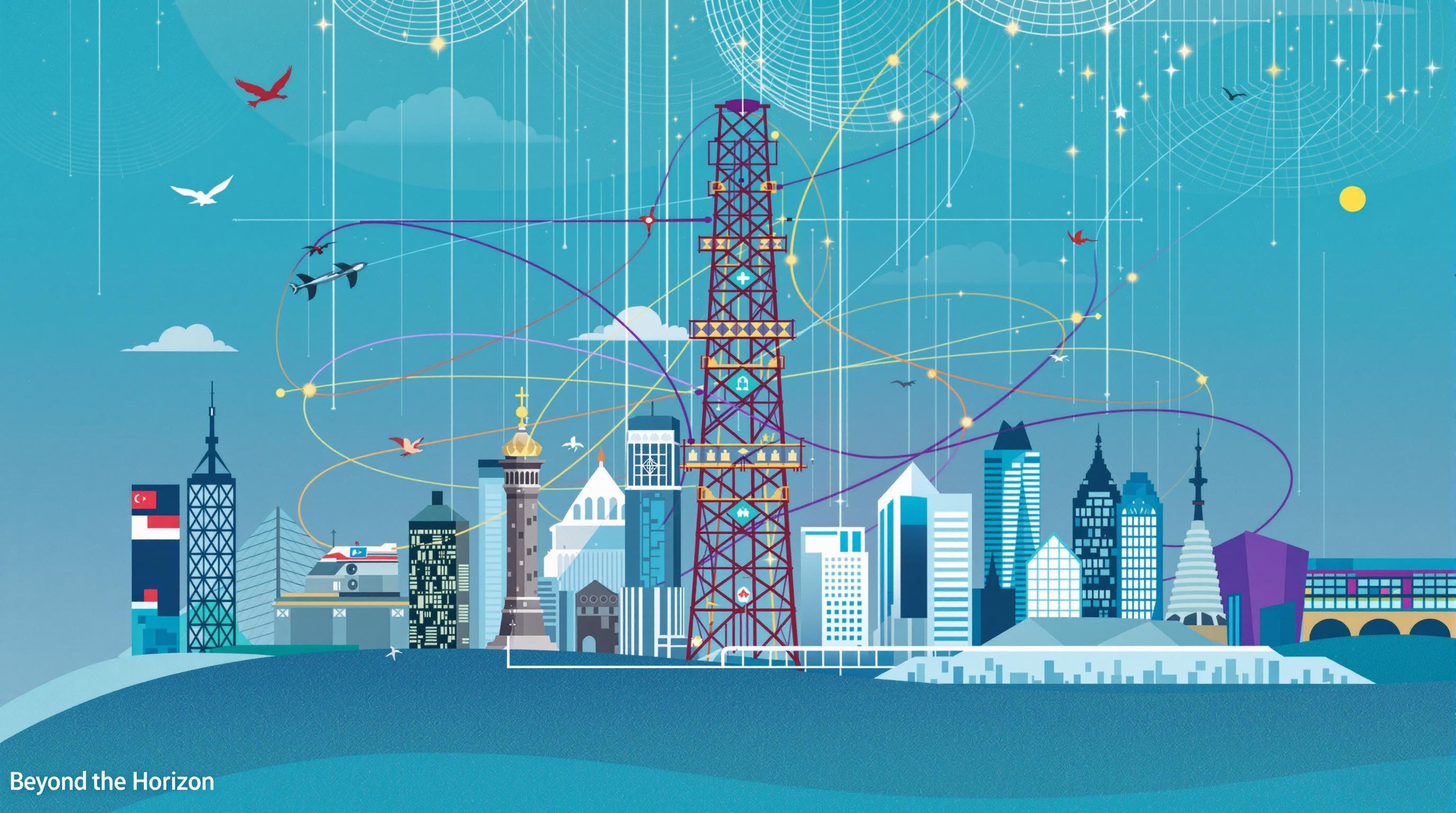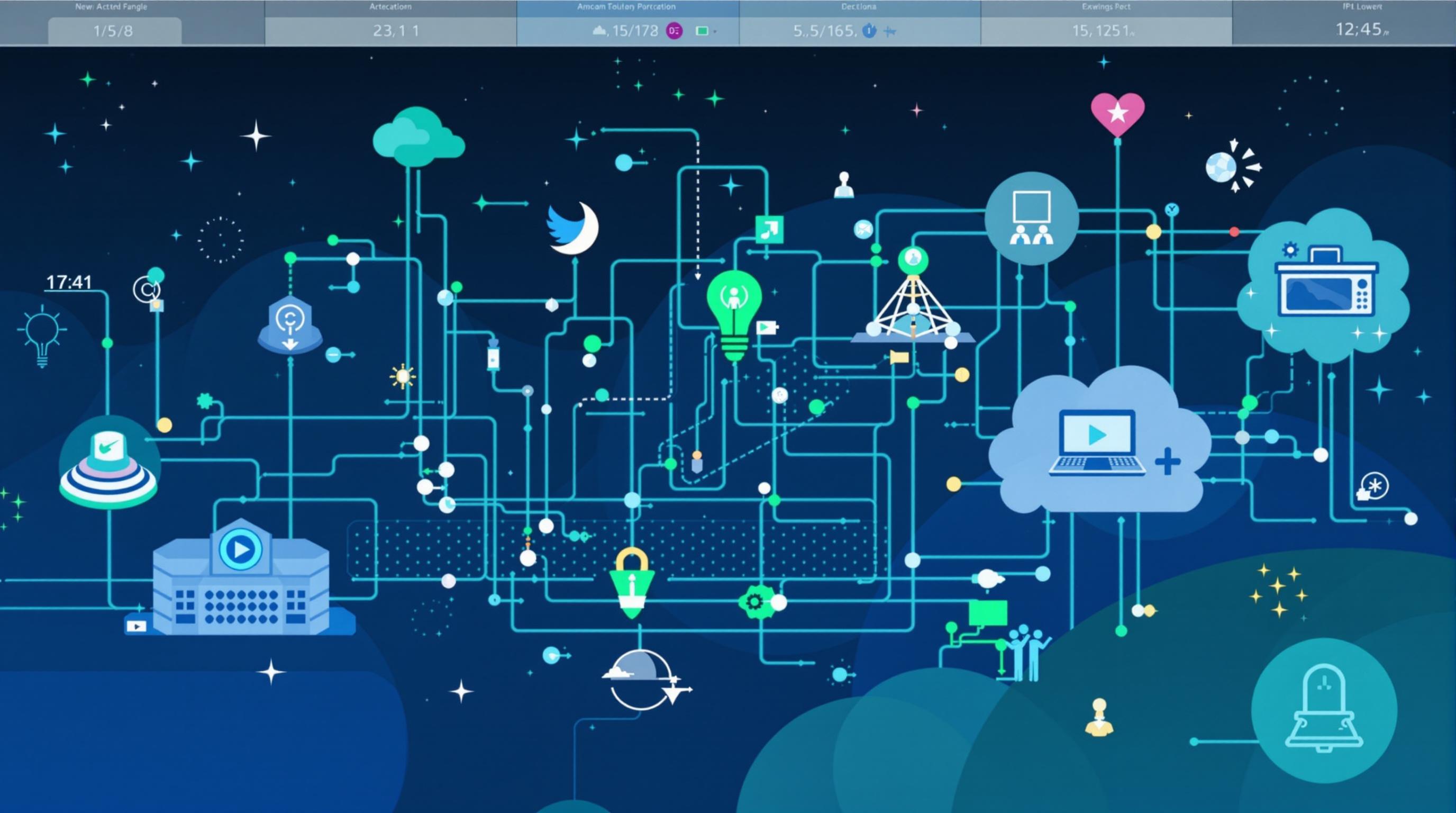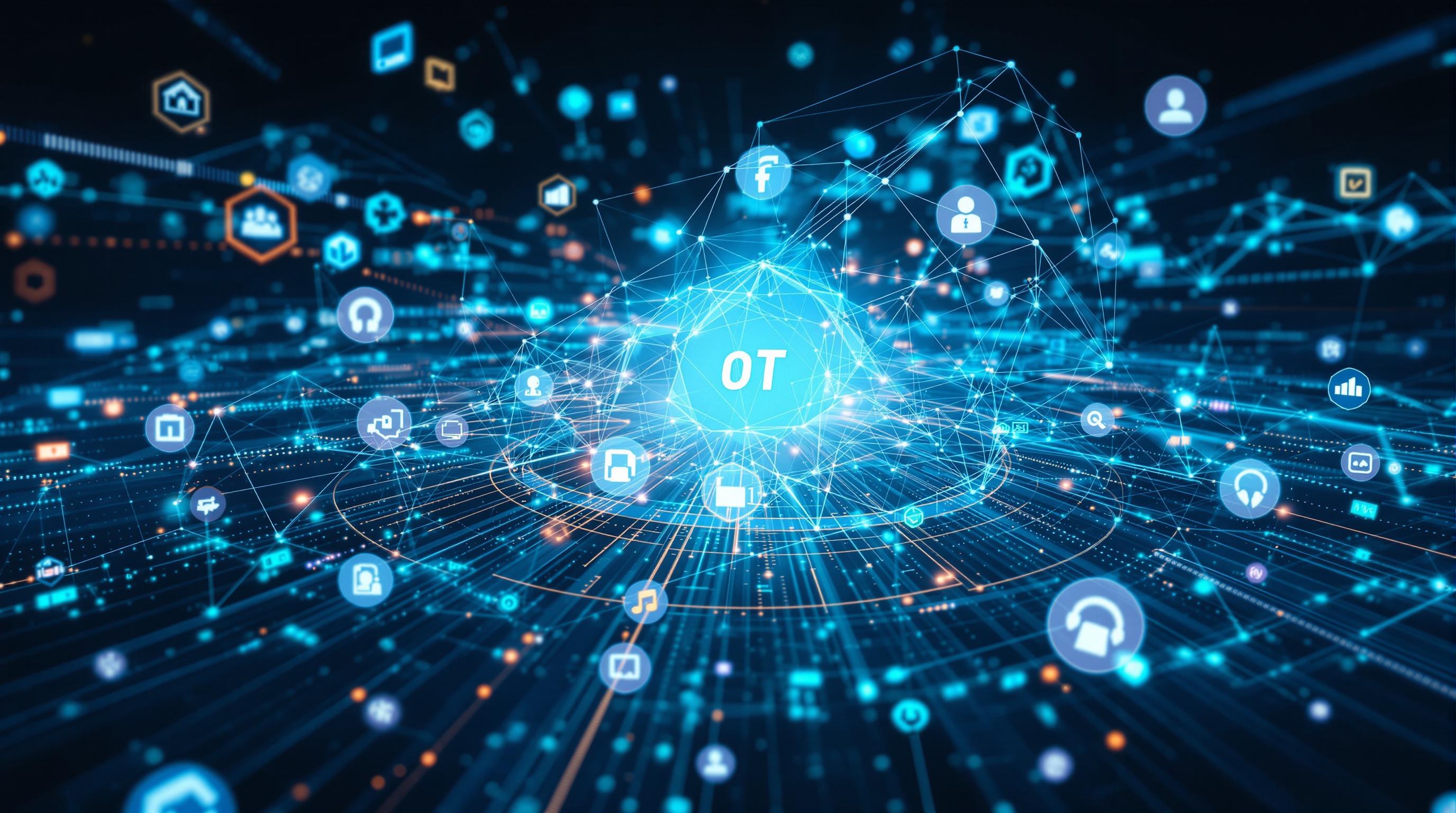Related Articles
- Harnessing Nostalgia: How Memory Mapping Can Inspire Innovative Urban Infrastructure Solutions
- Revealing the Invisible: How Urban Legends Influence Public Perception of Infrastructure Projects
- Whimsical Structures: How Playgrounds Can Inspire Innovative Approaches to Urban Infrastructure Development
- The Enigmatic Impact of Dark Fiber Networks on the Future of Digital Ecosystems and Their Capacity to Scale
- Beyond the Horizon: Exploring the Impact of Cultural Nuances on Global Digital Infrastructure Expansion
- Whispers of the Future: How AI-Driven Edge Computing Redefines Network Resilience and Flexibility
Beyond the Horizon: Exploring the Impact of Cultural Nuances on Global Digital Infrastructure Expansion
Beyond the Horizon: Exploring the Impact of Cultural Nuances on Global Digital Infrastructure Expansion
In an increasingly interconnected world, the expansion of global digital infrastructure is not merely a technological undertaking; it is a complex interplay of cultural nuances that shape its trajectory. From urban megacities to rural enclaves, understanding these cultural intricacies is essential for harnessing the full potential of digital networks.
Why Culture Matters
Let’s get one thing straight: culture is not just about food, fashion, and holidays. It fundamentally shapes people’s attitudes, behaviors, and even their willingness to adopt new technologies. A recent report by the World Bank indicates that countries with strong cultural cohesion are 20% more likely to adopt digital technologies effectively than those with fragmented communal ties (World Bank, 2023). When deploying digital infrastructure, recognizing these cultural differences is crucial to avoid pitfalls.
Rethinking Infrastructure Design
Imagine walking into a high-tech coffee shop in Seattle but feeling completely out of place because the seating arrangement is designed for communal gatherings, not for the quiet introspection that you might have expected. Digital infrastructure, much like a coffee shop, should be designed while keeping in mind the cultural preferences of its users. For instance, countries like Japan prioritize privacy and compactness in their digital infrastructure, while other nations may lean towards open networks that foster social connections.
Case Study: India's Digital Leap
India offers a fascinating case study for analyzing how cultural nuances affect digital infrastructure expansion. With its varied cultural landscape comprising over 2,000 distinct ethnic groups and languages, India’s approach to digital transformation has required a one-size-fits-all strategy. The National Digital Communication Policy (NDCP) aims to provide universal broadband access by 2022, yet the acceptance of this new technology hinges largely on local customs and practices. In rural areas where communal decisions dominate, getting the community onboard requires not just superior technology but culturally sensitive outreach programs.
The Human Touch: Making Tech Accessible
The phrase "digital divide" orbits around underserved communities quite frequently, but what does it mean for those living on the other side of the proverbial planet? Take a moment to envision a young girl in rural Africa who dreams of being an engineer. She may have a smartphone but lacks reliable internet access. Creating infrastructure to close this gap means going beyond mere cables and satellites; it involves engaging with the community to ascertain their needs and preferences. A recent study revealed that community engagement initiatives led to a 30% increase in technology adoption in rural villages (Alia et al., 2022).
Humor in the Mundane: A Tech-Savvy Cow
Isn’t it amusing how a cow in India can be a tech guru? Think about it: a farmer installs digital devices to track the health of his livestock. One day, he realizes that the cow, named "Bessie," has a better Wi-Fi connection than his own home! This hilarious yet enlightening scenario points to a larger truth—technology needs to be applicable, even in the animal kingdom. Expanding infrastructure requires devising solutions that resonate even with Bessie.
Persuading the Skeptics
Let’s confront the elephant in the room: not everyone is buzzing with excitement about digital expansion. In regions where traditional practices reign supreme, introducing new tech can feel like trying to convince Grandma to switch from her flip phone to the latest smartphone. According to a Pew Research study, 35% of older adults report feeling anxious about adopting new technology (Pew Research Center, 2023). Here, persuasive strategies that include testimonials from community leaders can erode skepticism, transforming doubters into advocates.
Changing Times, Changing Perspectives
As we step out into the digital frontier, we should note that generational perspectives differ. A Millennial might find it easy to adopt new apps, while a Baby Boomer might cling to the user-friendly UI of older technology. A critical statistical revelation: the Gen Z group, aged 18-24, is a whopping 70% more likely to embrace digital changes when approached in a manner reflecting their values, such as sustainability or social justice (Statista, 2023). Understanding these trends can help tech firms design outreach that resonates across age groups.
A Global Perspective
Globalization has networked us more than ever, but paradoxically, it has also underscored local uniqueness. Different countries have displayed distinct attitudes toward digital adoption; for example, countries like Sweden and Estonia have made remarkable strides in e-governance due to cultural trust in government transparency. Conversely, nations facing political instability often show hesitancy towards adopting these infrastructures, fearing surveillance or misuse. As the world becomes more globalized, the challenge will be to honor these varying perspectives while advancing technological developments.
Long-Term Impacts of Inclusivity
The beauty of taking cultural nuances into account is that it promotes inclusivity. A study conducted by Microsoft in 2021 surveyed 10,000 individuals across 12 countries to measure the impact of digital tools on their quality of life. They reported a 50% increase in feelings of empowerment when technology was tailored to their cultural contexts (Microsoft, 2021). This statistic highlights the profound effect of inclusivity on people’s experiences and the potential productivity that awaits when technology meets culture.
What Lies Ahead: A Cultural Call to Action
Moving forward, we must harness the power of culture as a critical pillar in shaping digital infrastructure. This means not only integrating local traditions but also nurturing local tech talent. Investing in educational institutions that respect and promote indigenous tech solutions can bridge the digital divide efficiently. Wouldn’t it be amazing to see technologies, like a local app that helps connect farmers with resources, spring from community insights? The future is ripe with possibilities.
Closing Thoughts: The Road Ahead
In conclusion, the journey to expanding global digital infrastructure is akin to weaving a rich tapestry that includes vibrant cultural threads. Each thread alone is essential, yet together they can create something beautiful and impactful. As we stand on the brink of technological evolution, let us not hesitate to embrace the nuances that define us. After all, the horizon awaits, and it is ours to explore—together.





